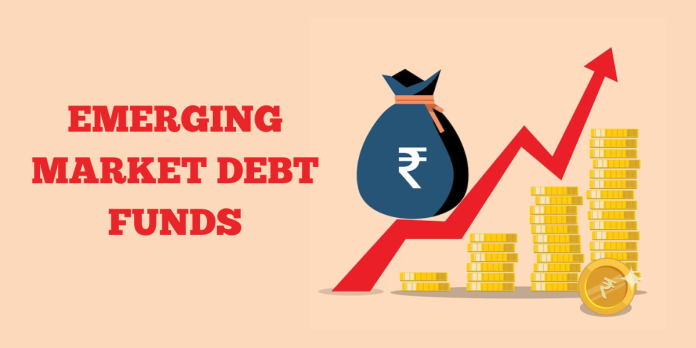In the world of finance, emerging markets are often likened to hidden treasures waiting to be discovered. These markets are like a treasure map, filled with the promise of riches, but also fraught with the perils of the unknown. While equity investments in emerging markets garner a lot of attention, another avenue for investors to explore these promising regions is through emerging market debt funds.
The Allure of Emerging Markets
Emerging markets, encompassing countries like Brazil, China, India, and many others, offer investors the potential for high returns. These nations are characterized by rapid economic growth, expanding middle classes, and a wealth of untapped resources.
The Role of Emerging Market Debt Funds
Debt Mutual funds primarily invest in the debt securities of emerging market governments and corporations. By doing so, they provide investors with an opportunity to participate in the growth of these economies while potentially minimizing some of the associated risks.
Example
Suppose you invest $10,000 in an emerging market debt fund that holds a portfolio of bonds from various emerging market countries. The fund’s average yield is 6%. In comparison, a domestic bond fund you might consider offers an average yield of 3%.
After one year, your $10,000 investment in the emerging market debt fund would generate $600 in interest income (10,000 * 0.06). In contrast, the same $10,000 invested in the domestic bond fund would yield only $300 in interest income (10,000 * 0.03). This demonstrates the potential for higher returns from emerging market debt funds.
Discover: India’s Bond Market
The Diversity of Emerging Market Debt
These funds can include government bonds, corporate bonds, and a mix of both.
Yield Potential and Currency Diversification
One of the most compelling reasons to consider emerging market debt funds is their yield potential. In many cases, the interest rates in emerging markets are higher than those in developed countries. This means that investors can potentially earn more income from their investments.
Example
Imagine you’re a U.S. investor and decide to invest in a fund that holds bonds denominated in the Brazilian Real (BRL). Over the course of a year, the value of the BRL strengthens relative to the U.S. Dollar (USD). As a result, your investment in the Brazilian bonds gains in value when converted back into USD.
For instance, if you initially invested $10,000 in BRL-denominated bonds and the exchange rate strengthened by 10% during the year, your investment’s value in USD would increase to $11,000 ($10,000 * 1.10). This currency gain is separate from the interest income generated by the bonds and showcases the potential for currency-related profits in emerging market debt funds.
Risk Management and Professional Expertise
Political instability, economic downturns, and currency devaluation are all potential hazards that investors may face. Emerging market debt fund managers are experts at navigating these risks. They conduct thorough research, monitor market conditions, and adjust the fund’s holdings to respond to changing circumstances.
The Long-Term Perspective
Investing in emerging market debt funds is not a get-rich-quick scheme. It requires a long-term perspective. While these markets can offer fantastic returns, they can also be subject to periods of volatility. As with any investment, it’s important to remain patient and focused on your long-term goals.
Conclusion: The Adventure of Investing in Emerging Market Debt Funds
Emerging market debt funds offer investors a thrilling adventure into the dynamic and often unpredictable world of emerging markets. They allow you to participate in the growth of these economies, potentially earn higher yields, and diversify your portfolio. However, like any adventure, there are risks involved. To minimize these risks, professional fund managers are there to provide guidance and expertise.


